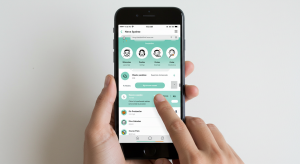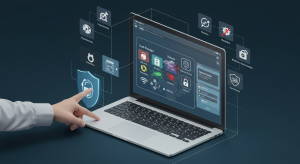Many people have heard of both SOA (Service-Oriented Architecture) and SaaS (Software as a Service) but are unsure of the difference between the two. This article explores what separates SOA and SaaS and aims to give you a better understanding of them.
What’s Soa?
SOA presents services for solution logic in an architectural model. By having these services as the foremost method of sending solutions, SOA’s goal is to be more efficient, productive, and agile than other technology solutions. It provides support for realizing the advantages of computing and principles that are service-oriented. SOA implementations are made of various products, technologies, programming interfaces (for applications), and other different extensions. Application of the service-orientation principles to the software solutions will produce services. These services are the basic logic unit in SOA. Although the services have the ability to exist automatically, they’re by no means isolated. There are certain standard and common features that are maintained by the services, but they have the ability to be extended and evolved independently. It’s possible to combine services, enabling other services to be created. There are autonomous messages that are used for services to communicate and these messages are intelligent enough so that they can self-govern the parts of their own logic. The most important principles of SOA are service contract, autonomy, reusability, composability, loose coupling, discoverability, and statelessness.
What’s Saas?
Cloud computing is a computing style where resources are available online. Many times the resources are highly visualized and extensible, and they’re provided to people in the form of a service. SaaS (Software as a Service) is one of those methodologies / categories in cloud computing. The resources that are available through SaaS are software applications. The underlining infrastructure for the software is also provided to, but hidden from, the users. SaaS is also known as on-demand or hosted software.
The advantage that SaaS users find is that they are able to avoid both installing and maintaining the software, and therefore are able to free themselves from any complex requirements. The provider of the SaaS software must take care of the performance, availability, and security of the software due to the fact that the it is run on the servers of the provider. Using an architecture that is multitenant, one application can be delivered to literally millions of different users through Internet browsers. There’s no upfront licensing required by customers, and providers can enjoy a cost that is lower since they are maintaining a single application. The use of a public or private cloud can help SaaS providers to do this.
This page is an archive. To learn more about archive pages click here
The responses below are not provided, commissioned, reviewed, approved, or otherwise endorsed by any financial entity or advertiser. It is not the advertiser’s responsibility to ensure all posts and/or questions are answered.


